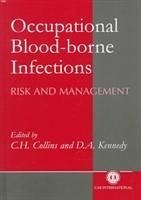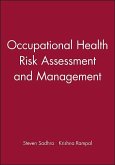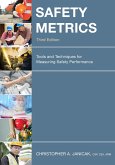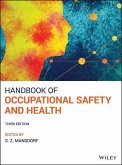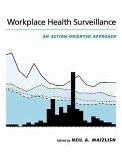Many health professionals may be exposed to, and undertake the collection and handling of blood or its products, whether it be for analysis and diagnosis or more specifically for transfusion. Other workers in a variety of public services, such as the police and community care, also routinely encounter situations in which exposure to blood through such incidents as needle stick injuries is a serious issue. This timely book describes the diversity of risks faced within these differing settings and sets out the methods by which these risks can be reduced or managed. The authors describe the various blood-borne disease-causing agents and their epidemiology, including hepatitis B, C and D, HIV viruses and bacterial, protozoal and helminthic organisms. Prevention of infection is discussed thoroughly and existing standard procedures are reviewed. Detection, decontamination and post-exposure procedures are also examined. This book is an essential resource for all physicians, general practitioners, nursing and dental staff and laboratory workers who collect and handle blood. It is important reading for all those undertaking medical training, especially those studying for postgraduate qualifications in pathology, infection control and microbiology. It is also a valuable reference source for all public service workers such as the police, prison officers, and community and social workers.
Hinweis: Dieser Artikel kann nur an eine deutsche Lieferadresse ausgeliefert werden.
Hinweis: Dieser Artikel kann nur an eine deutsche Lieferadresse ausgeliefert werden.

